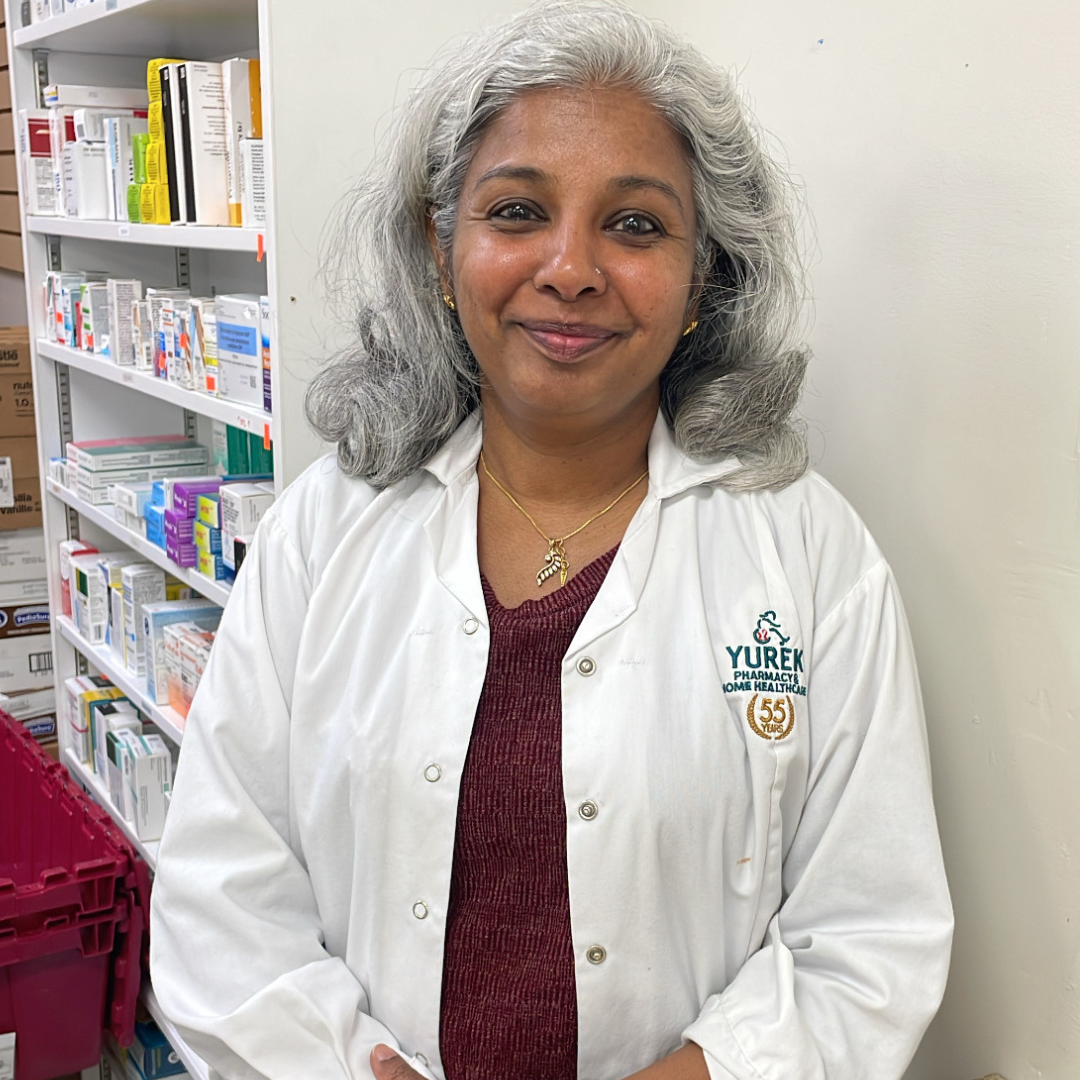By: Jeff Yurek BScPhm, RPh
Lupus is an autoimmune disease that causes inflammation in your tissues and organs. If left untreated, it can cause permanent damage, loss of function, and even death. Although Hippocrates first described it over 2000 years ago, a cure has eluded scientists. However, modern treatments and early diagnosis can successfully control the disease and dramatically improve survival rates.
Lupus can affect men and women, however it occurs more often in women 15-45 years old. It is more common than multiple sclerosis, muscular dystrophy or leukaemia.
The most common form of lupus is systemic lupus erythematosus (SLE), but other forms exist. Discoid lupus erythematosus (DLE) and subacute cutaneous lupus erythematosus (SCLE) produce skin rashes and sensitivity to the sun. Neonatal lupus affects newborns, most often when their birth mother has the disease. The resulting intermittent skin rashes usually disappear around six months. Drug-induced lupus is caused by certain medications and will dissipate when the patient stops taking that particular drug.
Lupus may affect various internal systems, and symptoms depend on which areas the disease targets, earning it the nickname, ‘the Cruel Mystery.’ The most common indications include a butterfly-shaped facial rash, sun-sensitive skin lesions, joint pain, fever and fatigue. They can be mild or severe and will often disappear into remission for long periods before flaring up again.
For more information, visit one of our pharmacy locations, contact Lupus Canada or your family doctor.








